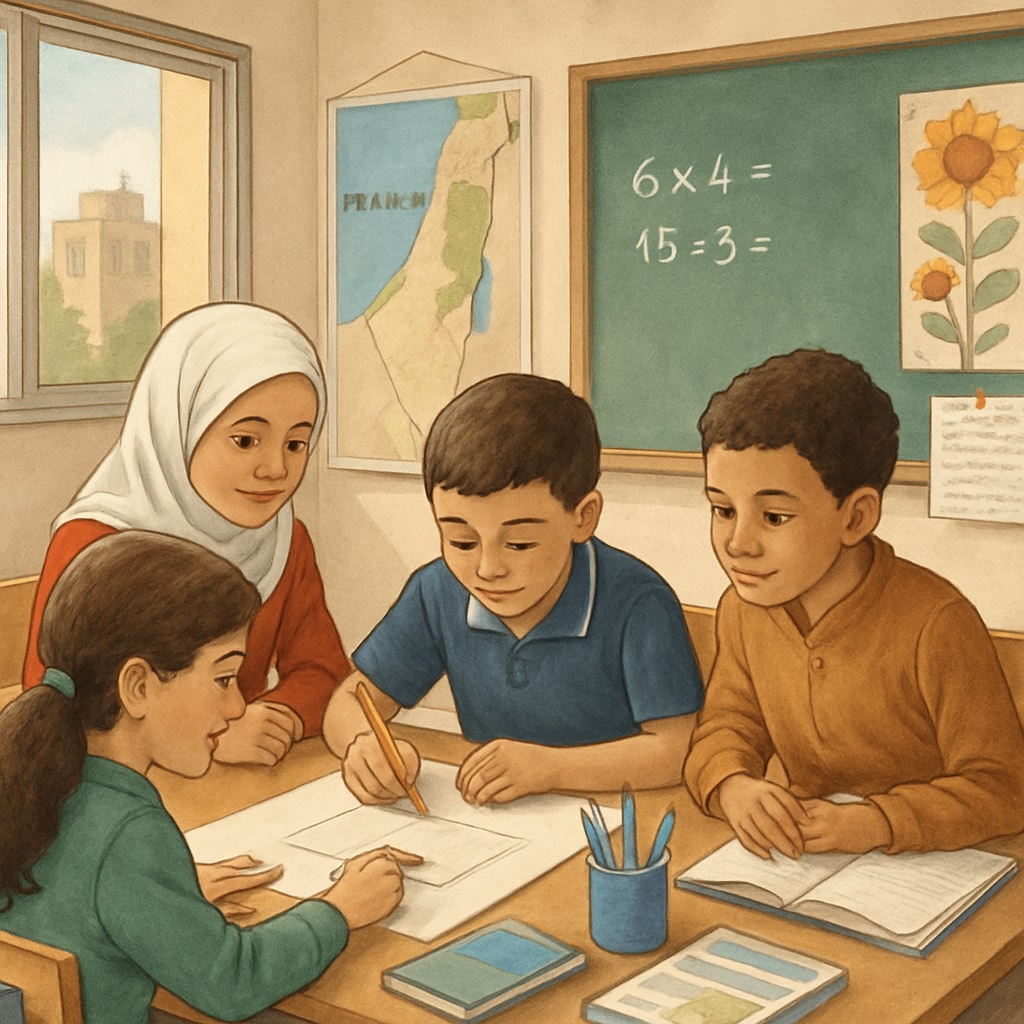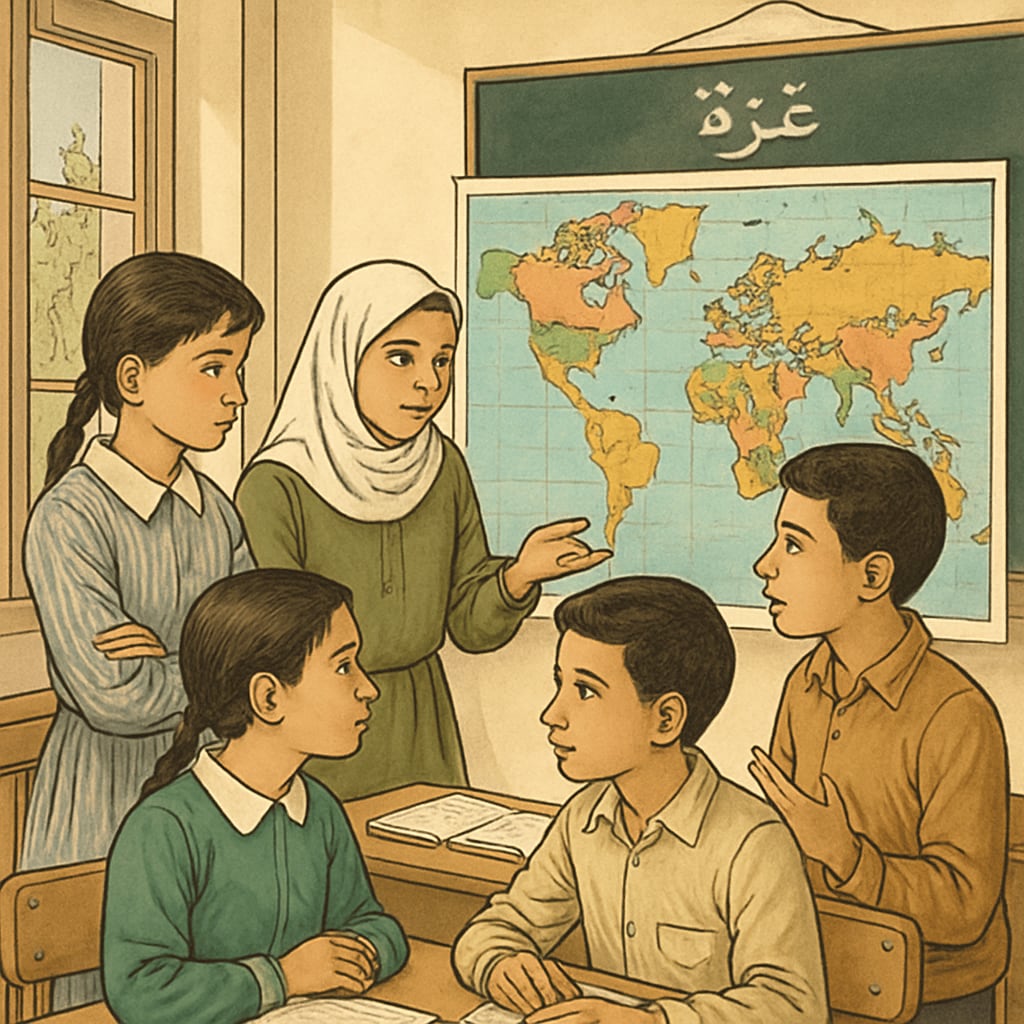In the aftermath of conflict, rebuilding schools in Gaza presents both extraordinary challenges and opportunities. Among the most intricate tasks is the development of teaching curricula, particularly for science and social studies. These subjects are vital for equipping students with critical thinking skills, scientific understanding, and a sense of social responsibility. However, creating a balanced and effective curriculum for Gaza schools requires navigating cultural sensitivities, limited resources, and the ongoing impact of political strife.
Key Challenges in Curriculum Development for Gaza Schools
Designing curricula in Gaza involves unique obstacles that go beyond standard educational planning. First, the region’s political and social environment directly influences what can be taught and how. Education must remain neutral, avoiding contentious topics that could exacerbate tensions in an already fragile setting.
Second, resource limitations are a significant barrier. Many schools face shortages in educational materials, trained teachers, and infrastructure. For example, developing a science curriculum that includes laboratory experiments may not be feasible in schools lacking proper facilities.
Finally, there is the challenge of addressing the psychological impact of conflict on students. Social studies curricula must foster community cohesion and resilience, while also helping students process their experiences constructively.

Principles for Designing Science Education in Gaza
Science education in Gaza should be both accessible and empowering. To achieve this, the following principles can guide curriculum development:
- Relevance: Focus on topics that are directly applicable to students’ lives, such as environmental science and public health. This ensures that the content feels meaningful and practical.
- Inquiry-Based Learning: Encourage students to ask questions, explore hypotheses, and conduct simple experiments, even with limited resources. For instance, using household items to demonstrate basic physics concepts can make science accessible to all.
- Integration of Technology: Where possible, leverage digital tools and open educational resources (OER) to supplement traditional teaching materials. Platforms like Khan Academy offer free, high-quality resources that can be adapted for local use.
By adhering to these principles, science education in Gaza can inspire curiosity and equip students with skills for future opportunities.
Social Studies: Building Community and Global Awareness
Social studies curricula in Gaza must strike a delicate balance between fostering local identity and promoting global citizenship. The following strategies can help achieve this:
- Cultural Sensitivity: Include content that reflects Gaza’s history, culture, and traditions, while avoiding politically sensitive topics that could divide communities.
- Conflict Resolution Skills: Teach students methods for peaceful conflict resolution and critical thinking. Role-playing exercises, for example, can help students practice empathy and negotiation skills.
- Global Perspectives: Introduce students to global issues such as climate change, human rights, and international cooperation. This broadens their horizons and prepares them to engage with the wider world.

Pathways to Overcome Challenges
While the challenges are significant, there are actionable steps to overcome them. International partnerships can play a crucial role in providing resources, teacher training, and technical support. Organizations like Encyclopedia Britannica’s education initiatives offer valuable tools for curriculum development.
Additionally, involving local educators and community leaders in the design process ensures that the curriculum aligns with cultural norms and addresses the specific needs of students. This collaborative approach fosters a sense of ownership and increases the likelihood of successful implementation.
Conclusion: A Vision for Education in Gaza
Rebuilding education in Gaza is more than a logistical challenge; it is a critical step toward a brighter future. By thoughtfully designing science and social studies curricula, educators can empower students with knowledge, resilience, and hope. This requires balancing academic rigor with cultural sensitivity, leveraging innovative teaching methods, and fostering partnerships to address resource gaps.
Through these efforts, the schools of Gaza can become beacons of learning and healing, laying the foundation for a more stable and prosperous community.
Readability guidance: This article uses concise paragraphs, clear transitions, and bullet points to enhance readability. Active voice is prioritized, and long sentences are minimized to ensure accessibility for a broad audience.


